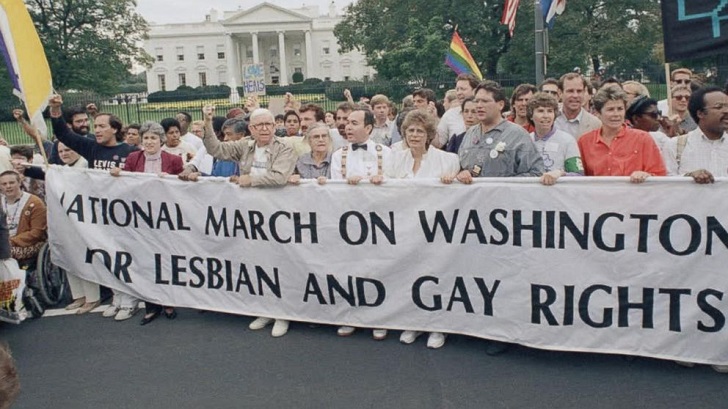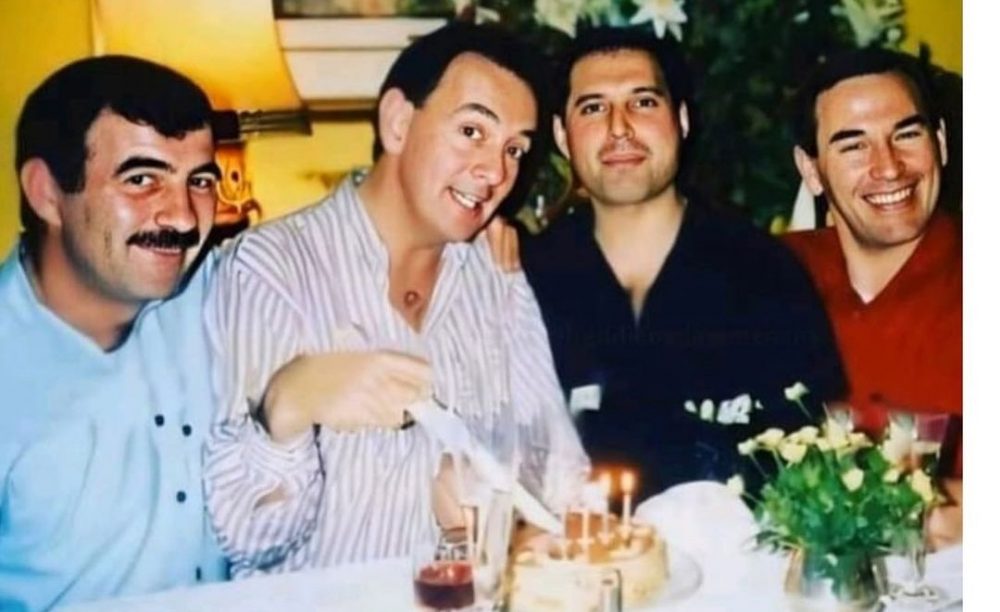When we talk about landmark events in the history of civil rights movements, the National March on Washington for Lesbian and Gay Rights, which occurred on October 14, 1979, stands out as a monumental gathering that galvanized the LGBT community nationwide. This march marked a significant step forward in the struggle for equality and highlighted the collective power of unity and visibility in advocating for change.
Early Attempts and Setbacks
The road to organizing such a massive demonstration was neither straightforward nor without its challenges. Initial attempts in 1973 to organize a national march were met with skepticism and resistance from both local and national gay and lesbian groups. This reluctance stemmed partly from the diverse priorities within the community and the fear of backlash in a society that was not yet ready to embrace such public displays of advocacy for gay rights.

Chenderson3 | Instagram | The assassination of Harvey Milk in 1978, however, acted as a catalyst, transforming despair and outrage into a renewed vigor to assemble a national rally.
The assassination of Harvey Milk in 1978, however, acted as a catalyst, transforming despair and outrage into a renewed vigor to assemble a national rally. Milk's death was not just a personal tragedy but a communal call to action, urging leaders and activists to seize the moment to advance their cause on a national platform.
Inclusive Organizing Efforts
Jim Thomas, an influential activist and later the Chair of the Celebration Committee for the 1980 Pride activities, played a critical role in the planning stages of the march. His involvement began at Oberlin College, where he was instrumental in organizing the gay and lesbian student group. Recognizing the need for a more inclusive approach, Thomas advocated for broader outreach beyond the traditional strongholds on the East and West Coasts. His efforts ensured that voices from the Midwest, particularly from areas like Missouri and Illinois outside of Chicago, were also heard and represented.
The March Unfolds
On the day of the march, an estimated 100,000 participants gathered in Washington, D.C., a testament to the burgeoning strength and visibility of the LGBT community. The rally between the iconic Washington Monument and the Reflecting Pool was a vibrant tapestry of speeches, artistic performances, and solidarity. Prominent figures like Audre Lorde, Kate Millett, and Congressman Ted Weiss lent their voices to the cause, echoing the demands for equality and recognition.

Image by safeschoolsproject.com | On the day of the march, an estimated 100,000 participants gathered in Washington, D.C., a testament to the burgeoning strength and visibility of the LGBT community
Workshops and Lobbying for Change
The march organizers went beyond the event itself, arranging a series of workshops and artistic events that addressed various issues pertinent to women and minorities within the LGBT community. These sessions provided spaces for strategic discussions, consciousness-raising, and planning for future advocacy efforts.
The day following the march was designated as "Constituent Lobbying Day," during which over 500 activists discussed gay rights with numerous senators and representatives, advocating for legislative support. This proactive approach underscored the march's role as a demonstration of unity and a platform for tangible political engagement and change.
Transformative Impacts of the National March on Washington for Lesbian and Gay Rights
The impact of the National March on Washington for Lesbian and Gay Rights was profound, resonating far beyond the attendees and influencing subsequent generations of activism. For many, like Bill Spicer from the St. Louis Magnolia Committee, the march was a transformative experience that reshaped their understanding of community and motivated them to continue the fight for rights and recognition.
Legacy and Continued Influence
The legacy of the 1979 march continues to be felt today, serving as a blueprint for how visibility and collective action can effect change. The strategies and spirit of inclusiveness fostered during this pivotal moment have inspired numerous other marches and movements, each building on the foundations of this historic gathering.

Oriel Frankie Ashcroft | Pexels | The legacy of the 1979 march continues to be felt today, serving as a blueprint for how visibility and collective action can effect change.
As we look back at the National March on Washington for Lesbian and Gay Rights, it is clear that it was not just an event but a turning point that energized and expanded the LGBT rights movement in America. Through determined organizing, a commitment to inclusivity, and the power of community, the 1979 march has become a lasting symbol of resilience and the ongoing struggle for equality.











